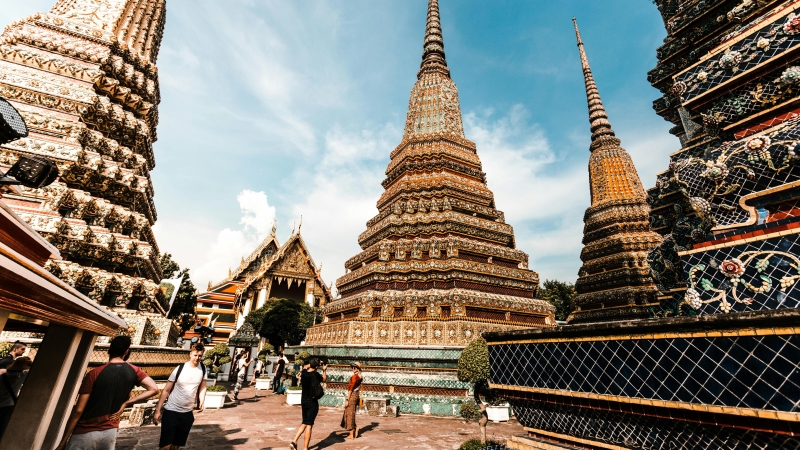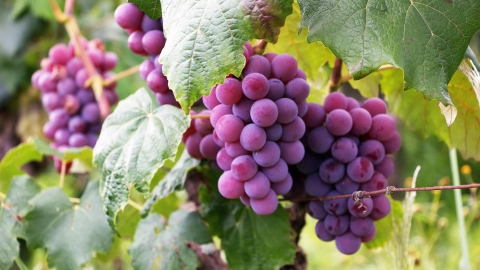A harmonious combination of graceful dance steps, melodious tunes, profound dialogues and splendid costumes, Khon dance is not only an artistic performance but also a journey to explore Thai culture, history and soul.
Since the Siamese dynasty, the country's traditional dances have been formed and developed for a long time. In ancient times, the best Thai dances were performed to serve the king and the royal family in the royal court. Later, these dances gradually spread and had a profound influence in the Angkor region of Cambodia. Similar to the personality traits and honoring the Buddhist culture of the people here, Thai dances have a gentle, graceful, delicate, relaxed and soft style.
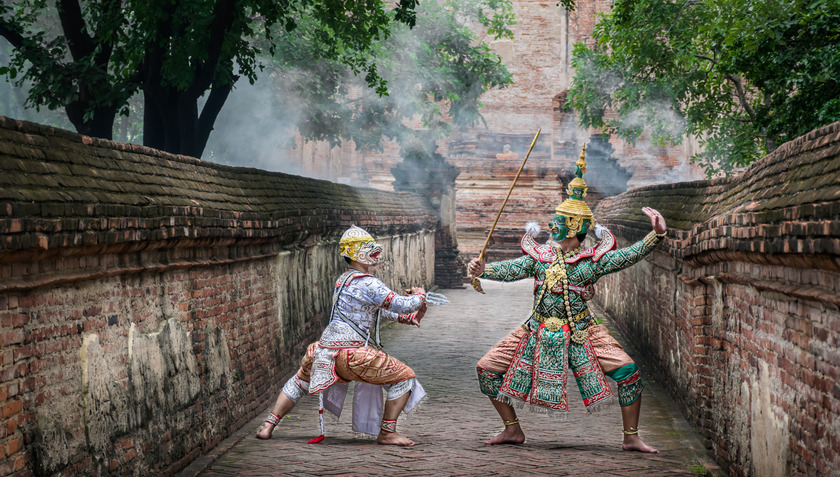
Thailand preserves traditional performing arts through Khon dance
Masterpieces of traditional Thai art
When it comes to traditional Thai dances, we cannot help but mention Khon, Lakhon and Fawn Thai, of which the most popular dance but requiring many complex skills is Fawn Thai. These three dances are often performed during different festivals.
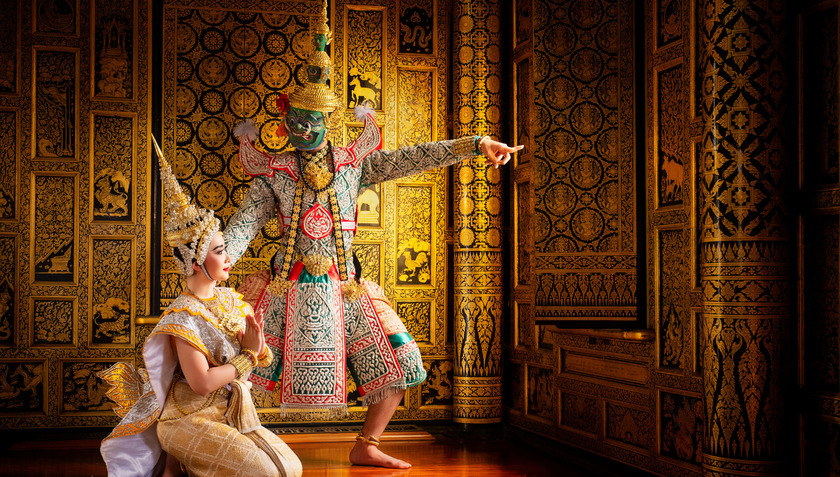
Khon is a traditional Thai dance drama, harmoniously combining many art forms such as dance, martial arts, music, theater...
Khon Dance, a precious gem in the treasure trove of traditional Thai arts, has captivated the hearts of countless audiences. Each dance and each mask contains fairy tales, moral lessons and noble values, making viewers feel as if they are lost in a colorful fairy world.
This is an ancient Thai theater form, also known as Khon dance, because dance plays the main role in the performance. Khon actors, when performing on stage, often wear masks according to the roles they play. They dance or perform movements to illustrate the plot, sung by famous singers sitting behind the stage, accompanied by music.
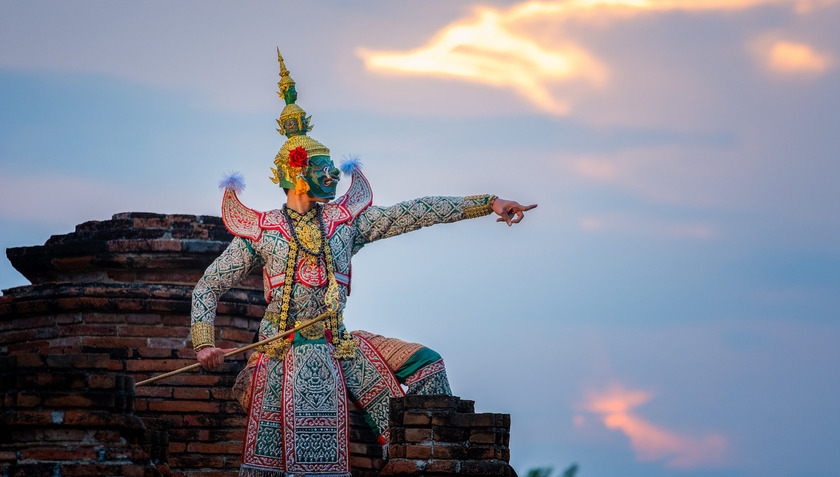
Khon dance is a series of jumps, spins, flips, and decisive movements that use the strength of the muscles and the courage of the performers.
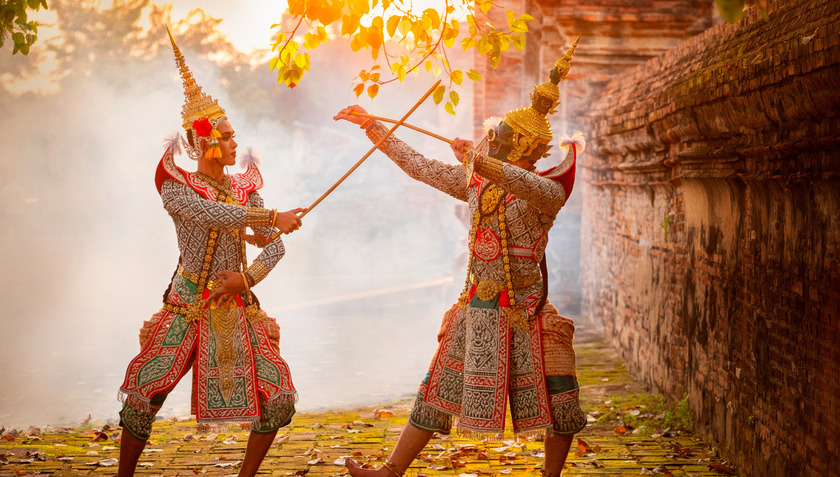
Dance, starting from the heart, rising to the eyes, transmitted to the arms
Many people believe that Khon is a unique form of folk culture equivalent to the traditional Japanese Kabuki theater, and the Vietnamese Tuong and Cheo. In it, the male characters wear masks, while the female characters wear gilded scarves, and an orchestra accompanies the dances and dialogue. Khon originated from folk dances and developed into an art form performed and enjoyed in the royal court of Siam in the past.
The art of "Khon" has its roots in the rituals and dances of Indian temples. The Thai people combined it with many martial arts movements to create a very unique type of theater. The 14th century was the time when Khon theater began to leave many traces of its appearance in history. In its original form, "Khon" is a synthesis of many different performing arts, from shadow drama, Chak Nak ancient dance to classical martial arts.

When it comes to traditional performing arts in Thailand, Khon dance is perhaps the most famous art form among them.
The development of the art of "Khon" began from its perfection in the Ayudhaya period (1350 - 1767), and reached its perfection during the reigns of King Rama I and King Rama II of the Chakri dynasty.
Since the reign of King Rama M, the art of Khon has undergone many ups and downs, and has also received new influences from the West. Today, the art of "Khon" has changed a lot compared to its early days.
Besides the masks, dance creates the main attraction for Khon, Khon dance movements are beautiful, heroic, passionate, decisive and sensual. While performing, the actors only dance but do not speak or sing, the entire content and dialogue are sung by the choir from behind the stage, Khon scripts are mainly taken from Ramakien works. Khon dance movements and plays are sensual, very beautiful. Dance in Khon stage is noted, movements, dances need to be precise, strong, beautiful, heroic and decisive, especially in the battle scene. The highlight of Khon drama is that the roles of this stage image are all played by men, including female roles.

Khon was included in the UNESCO Representative List of the Intangible Cultural Heritage of Humanity in 2018.

Dance, originating from the heart, rising to the eyes, spreading to the arms, turning into a sacred flame and shining on the hands, means burning and destroying all afflictions, until the whole body and arms vibrate, reaching up, the narrow ego escapes from the human being to merge into the vastness of the Great Self. When dancing, the dancer's fingers always point upwards, like a sacred flame burning.
Unique Khon Thai dance mask
The elaborate, detailed mask plays a very important role in traditional Khon drama. The elaborate, detailed mask plays a very important role in traditional Khon drama, a typical Thai travel service product that cannot be missed.

Khon Mask - The Soul of Traditional Thai Performing Arts
These Khon masks are handmade in almost every step, from papier-mâché to drawing, coloring and attaching the necessary motifs. Therefore, each mask is very sophisticated, meticulous and costs up to 50 - 120 USD (from more than 1 million VND to more than 2.5 million VND). It takes Thai artisans 10 days to complete a mask.

Each mask has a deep meaning, reflecting the character's personality, social status and mood.
The main masks in Khon drama can be distinguished by color. The mask of Phra Ram, the hero, has a green face. Phra Ram's brother, Phra Lak, has a yellow face, and Hanuman, the monkey king, the most famous character in Thai art, has a white face.

Khon masks are not only a part of performing arts but also a cultural symbol of Thailand.
Khon is a traditional Thai dance-drama that combines several complex art forms. Khon performances include graceful dance movements and instrumental and vocal performances. Khon was included in the UNESCO Representative List of the Intangible Cultural Heritage of Humanity in 2018.








